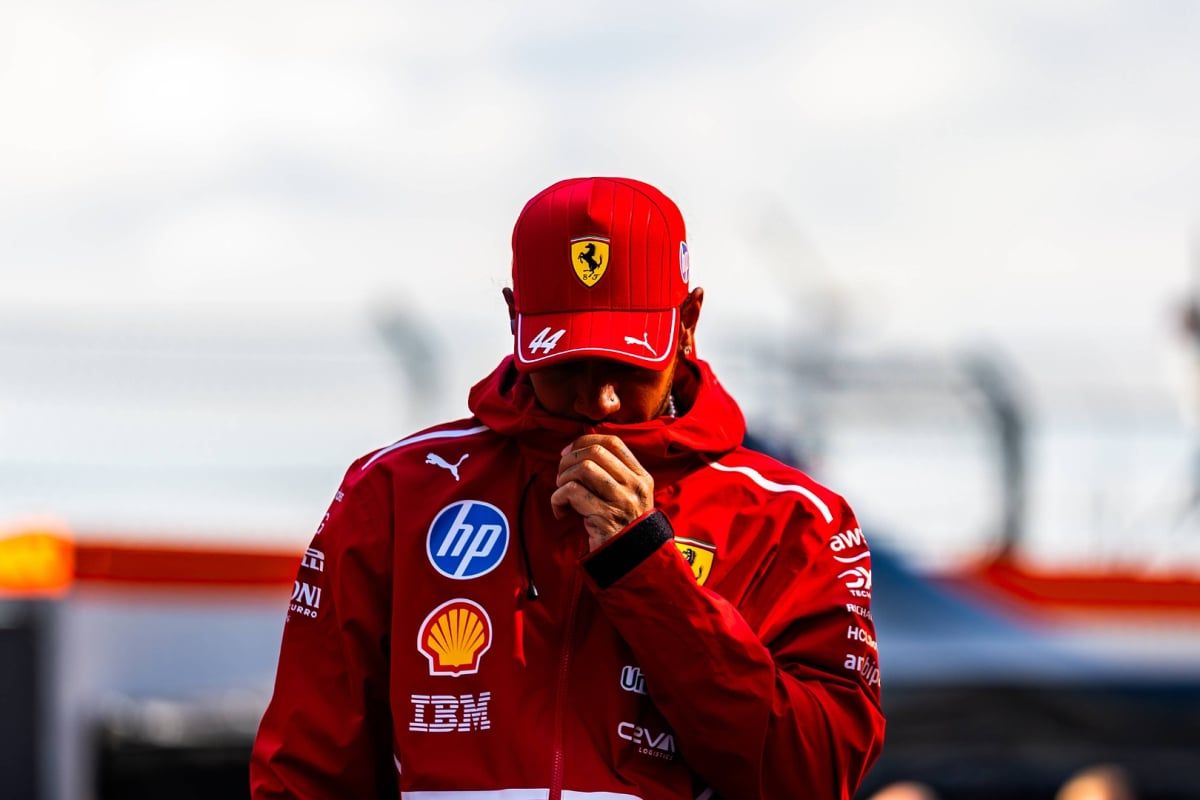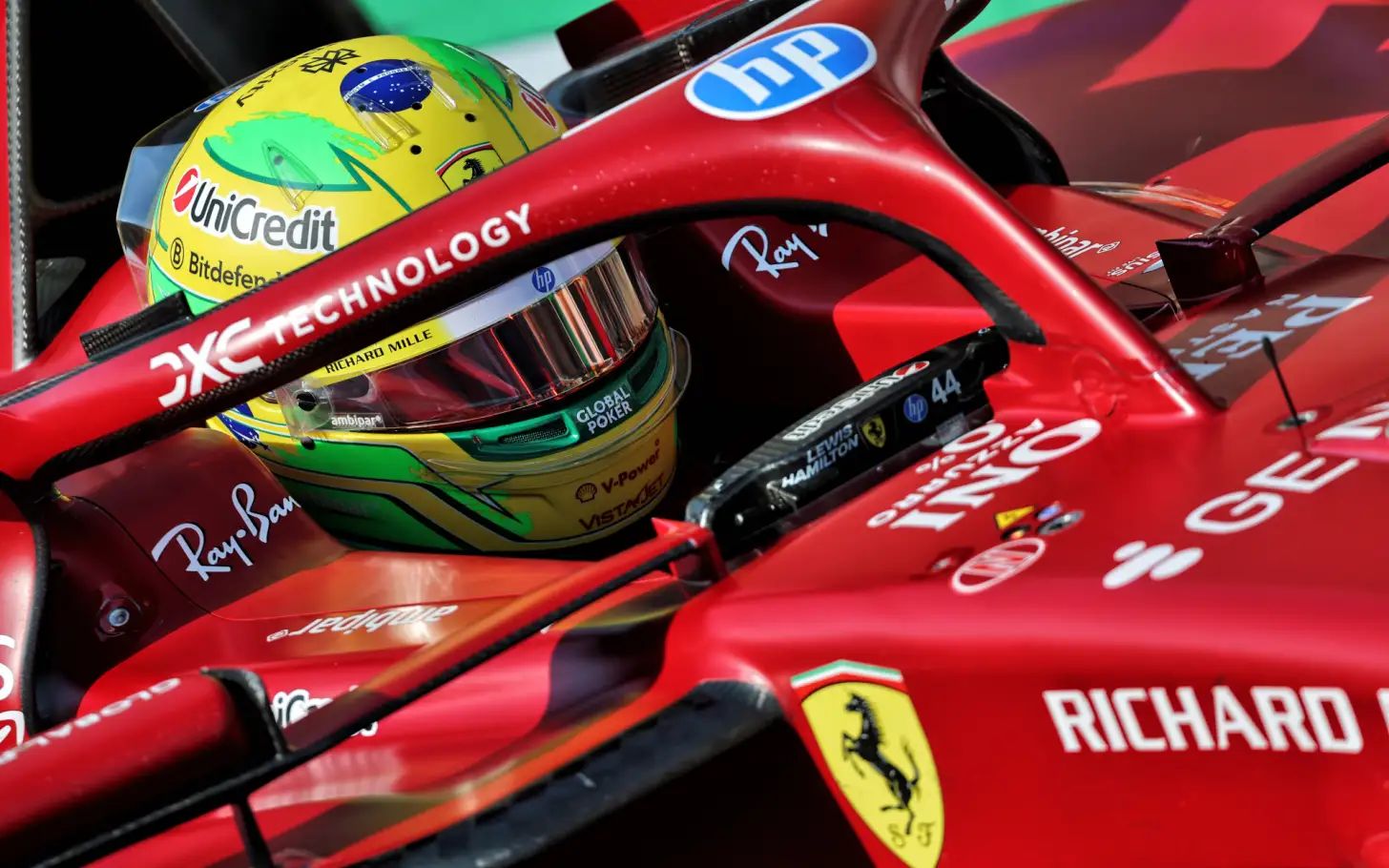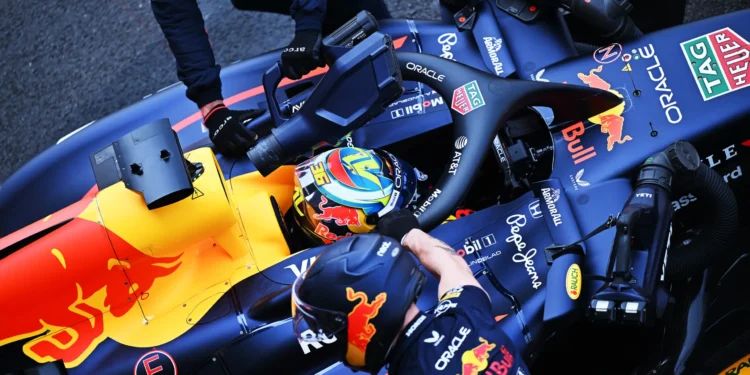Fernando Alonso Trolls FIA Over Corner-Cutting Controversy: Sparks Debate on Rule Consistency in Formula 1
Two-time Formula 1 world champion Fernando Alonso has once again stirred the pot with his trademark wit and sarcasm, this time taking aim at the FIA’s inconsistency in enforcing track limits and corner-cutting penalties. The Spanish driver, known for his sharp remarks and outspoken views, has suggested that the FIA only takes corrective action when he personally exploits a loophole — a cheeky jab that’s reignited the conversation about fairness and consistency in Formula 1 officiating.
The controversy began during the Mexican Grand Prix, where several front-running drivers — including Max Verstappen and Charles Leclerc — were seen cutting across the first complex of corners at Turns 1, 2, and 3. Despite clearly gaining time, neither Verstappen nor Leclerc faced any punishment for leaving the track. Alonso, visibly frustrated, even joked on the team radio that he might as well overtake a Williams ahead of him by taking a shortcut through the same section of the track.
His irritation was further fueled by the fact that Lewis Hamilton later received a 10-second time penalty for a similar offence during a wheel-to-wheel battle with Verstappen. The incident underlined what many drivers — and fans — see as inconsistent officiating by the FIA, where penalties seem to depend not just on the act itself, but on who commits it and when.
Speaking at the official FIA press conference ahead of the Brazilian Grand Prix, Alonso couldn’t resist making a sly reference to his own history with the FIA over similar issues. He brought up the Russian Grand Prix in Sochi, where he once famously cut the first corner and emerged in third place — only for the FIA to change the rule immediately afterward.
“The FIA will only change it if I do,” Alonso quipped, drawing laughter from reporters. “I tried to get them to change it many times in Sochi. I asked them why drivers didn’t take that corner there but did so in Baku or Monaco. There was never a problem at the first corner in Monaco, but in Sochi, everyone cut the corner.”
Alonso then recounted the specific incident that led to a rule change. “One year, I just didn’t brake at Turn 1, went straight, and came out third. The next year, it wasn’t allowed anymore,” he said with a grin. “So yes, I suppose it will change in Mexico for 2027, because if I do it in 2026, they’ll change it for 2027.”
His playful trolling, though humorous, has reignited a serious debate in the F1 community — whether the FIA’s approach to regulating track limits is too reactionary and inconsistent. Many argue that rather than relying on post-race reviews and selective enforcement, the governing body should implement clear and automatic systems for detecting and penalizing corner-cutting.
After the Mexican GP, Sky Sports F1 analyst Karun Chandhok took to social media to highlight the flaws in the current layout of the Autódromo Hermanos Rodríguez’s first sector. Using video demonstrations, Chandhok explained that the combination of high-speed braking, minimal run-off, and wide tarmac escape areas makes it both tempting and easy for drivers to cut the corner without serious consequence.
On The F1 Show, Chandhok’s fellow pundits — including former driver and broadcasting veteran Martin Brundle — supported his suggestions. Brundle went as far as proposing that drive-through penalties should be issued automatically for any driver who gains an advantage by leaving the track, arguing that such deterrents would quickly eliminate the problem.
Hamilton, meanwhile, didn’t hide his frustration after being the only driver punished for cutting the track. The seven-time champion expressed disappointment at what he called a “lack of clarity and transparency” from the stewards, saying that decisions often feel arbitrary and poorly explained.
The FIA, for its part, has yet to announce any official review of the Mexican GP incidents. However, growing calls from drivers, analysts, and fans alike may pressure the organization to take a closer look before the sport returns to Mexico City next season.
While Alonso’s comments may have been delivered tongue-in-cheek, they have highlighted an issue that has long plagued Formula 1: the uneven application of rules. His remarks have reminded everyone that even in the world’s most advanced motorsport, human judgment — and sometimes humor — can still play a major role in how the race unfolds.
As Alonso himself joked, history suggests that if he ever decides to take that shortcut through Turns 1, 2, and 3 in 2026, we can expect a brand-new rulebook for 2027. Until then, the FIA faces growing pressure to bring consistency and transparency to one of the sport’s most controversial recurring debates.




